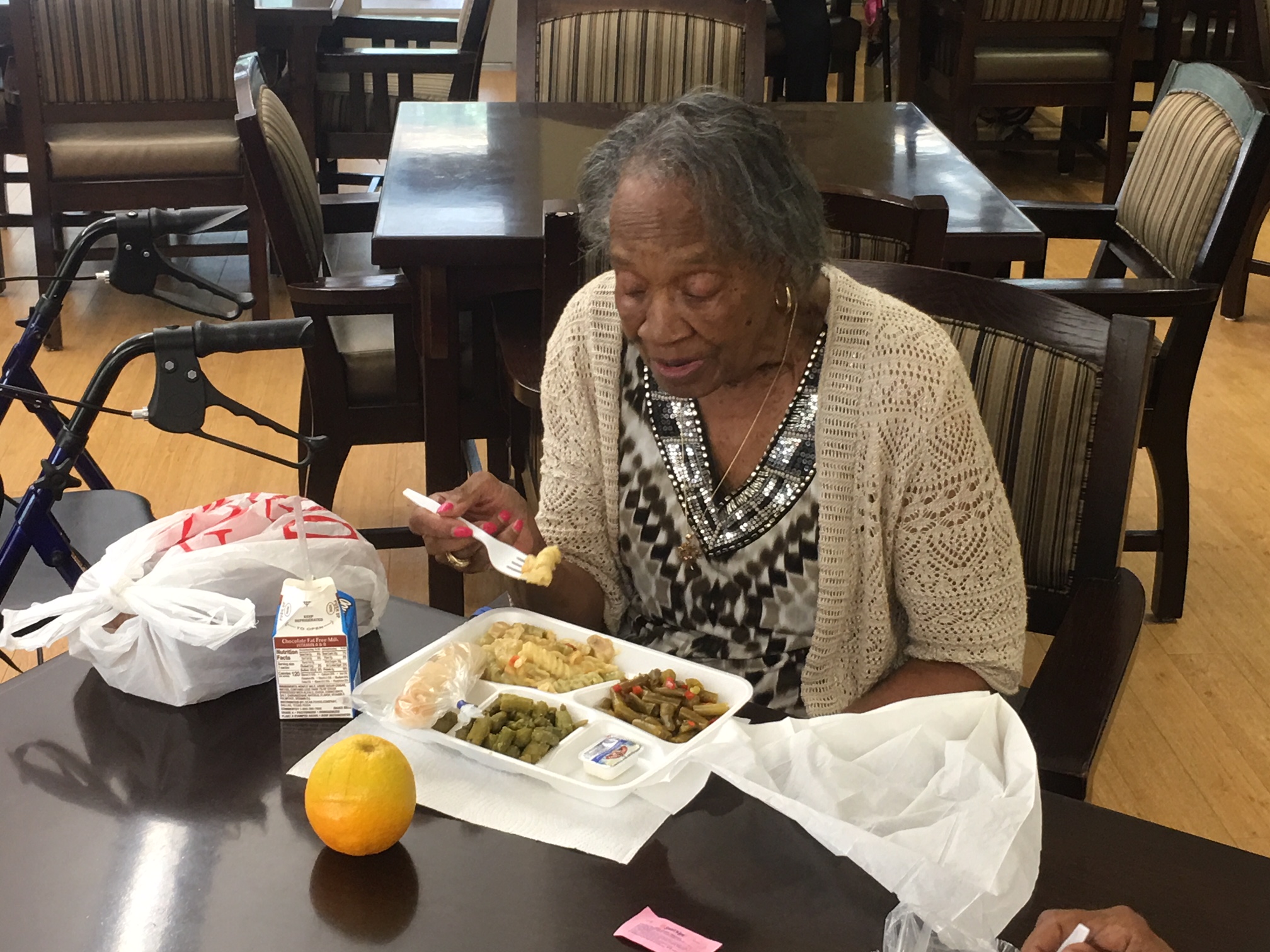For the legions of Baby Boomers who have already turned 60 and thus are eligible to receive meals provided by senior nutrition programs, “You are what you eat” is a familiar saying. Proponents of the macrobiotic wholefoods movement adopted it as their slogan back in the 1960s and it soon “went viral” and proved to have extraordinary staying power over the course of the next couple of decades.
The origins of that concept, if not those precise words, reach back at least to the early 19th century when in 1826 Frenchman Anthelme Brillat-Savin declared “Tell me what you eat and I will tell you who you are.” Less than 20 years later Ludwig Andreas refined the sentiment in Germany with his statement “a man is what he eats.” It took some time for the notion to make its way across the Atlantic and be translated into English. That is exactly what happened in 1920 when Victor Lindlar, developer of the Catabolic Diet, took possession of it, publishing it in his book in 1942 and catapulting the phrase “you are what you eat” into both the public dialogue and the American consciousness. There it took hold – at least for a while.
NFESH is reciting this old history now because we are convinced that nearly 200 years of insight are still valid and worthy of attention today. What someone actually eats, and not simply what they are served, is the only factor that determines whether or not their diet is nutritionally well-balanced. As intuitive as that is, in some quarters it seems that reality has been slow to take hold. So NFESH, alongside our partners, is working to change that.
Last month the U. S. Administration for Community Living and the Administration on Aging released an Issue Brief that reports the findings of an evaluation of OAA senior nutrition programs that was conducted in October 2015 and 2016. It examines the nutritional quality of “meals offered” (as the title makes clear) by these programs. In doing so, in many ways it follows the tradition of previous studies that have assessed how well the meals served by these programs adhere to the requirement that they provide one-third of the Dietary Reference Intakes prescribed in the current Dietary Guidelines for Americans. That is a good place to start in measuring performance. Unless the meals that are served are well-balanced, there certainly can be little expectation that seniors are receiving the proper nutrition that they need. But looking at what is offered on the plate or in the service line is only a place to start. It does not ultimately determine whether or not those seniors are “eating right.”
The tools and resources with which to evaluate the nutritional quality of meals being consumed by participants in these programs have not always been readily available. What A Waste provides an array of tools through which we can help senior nutrition programs determine exactly what seniors are eating and what they are not eating. Then we can analyze nutrient loss, pinpointing its specific sources, and work with programs to alter menus in order to replace unpopular and regularly discarded food items with other choices the seniors will eat. This affords an opportunity to engage the seniors themselves in the process of helping select items that they like; to teach them about the importance of eating a variety of foods to ensure they get the nutrients they need; to discuss how changing recipes and methods of preparation can improve taste; and even to work to account for cultural differences in menu planning.
To date, NFESH has worked or is working with 72 senior nutrition programs. Our process begins by collecting baseline menu data — an average of 10 weeks of five day menus from each site. Over the course of our work, we have looked at and recorded hundreds of menus. We have also collected more than menus and data. We have assisted programs in capturing and measuring, down to the ounce, the amount of specific food items left on seniors’ plates. Through this process, we learn exactly what meal participants are eating and what they are not. In some cases our findings differ significantly from those set forth in the Issue Brief. For example, we find that two of the categories in which they scored the senior nutrition programs they surveyed as achieving nearly a perfect 100 – dairy and vegetables – the consumption levels we found in the programs on the ground was frequently very low. With this knowledge and our recommendations and assistance, many programs have worked successfully to change this.
We do not in any way want to imply inaccuracies in the data collection, design, analysis or conclusions of the academic study we have referenced. Based on our own experience with senior nutrition programs, however, we are convinced that the time to change the paradigm is long overdue. We must cease “grading” senior nutrition programs based on an ability to produce a well-balanced plate primarily because it offers little incentive to increase nutrient intake to improve client outcomes. That is a shared goal that we have found senior center staff eager to embrace and implement in every What A Waste project. That is the fact on which we need to focus energy, attention and resources.
The wisdom is timeless: “You are what you eat.”


